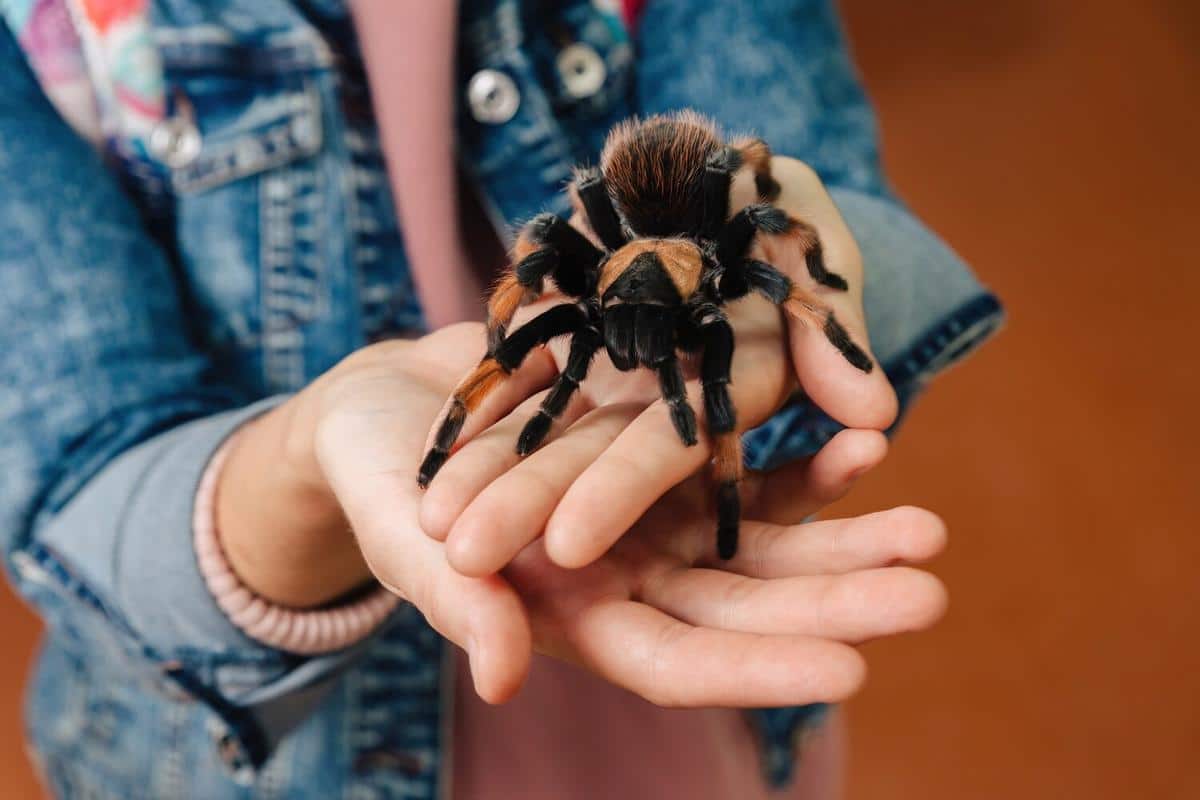
What You Need to Know Before Getting a Tarantula
Considering a tarantula as your next exotic pet? These fascinating creatures can make for intriguing companions, but they require specific care and understanding. Here’s what you need to know before inviting one into your home.
Understanding Tarantulas
Tarantulas are a unique choice for a pet, often appealing to those who enjoy observing rather than interacting physically. According to arachnologist Rick West, ‘Tarantulas are more about admiration than interaction. They’re beautiful creatures with behaviors worth observing.’
Research and Preparation
Before acquiring a tarantula, it’s essential to research their needs thoroughly. There are over 850 species, each with distinct care requirements. Consider factors like lifespan, temperament, and habitat needs when choosing a species.
Table of Popular Tarantula Species
| Species | Size | Temperament | Lifespan |
|---|---|---|---|
| Chilean Rose | Medium | Docile | Up to 20 years |
| Mexican Redknee | Medium | Calm | Up to 30 years |
| Goliath Birdeater | Large | Aggressive | Up to 15 years |
| Cobalt Blue | Medium | Defensive | Up to 20 years |
| Greenbottle Blue | Medium | Active | Up to 15 years |
| Brazillian Black | Large | Gentle | Up to 20 years |
| Indian Ornamental | Large | Fast | Up to 15 years |
| Curly Hair | Medium | Calm | Up to 20 years |
Setting Up the Habitat
A tarantula’s habitat should mimic its natural environment. This includes appropriate substrate, humidity levels, and temperature. For example, a Brazilian Black tarantula thrives in a warm and humid setting.
Feeding Your Tarantula
Tarantulas are carnivorous, primarily feeding on insects. Crickets and mealworms are common food choices. It’s essential to remove uneaten prey to maintain a clean environment.
Handling and Interaction
While tarantulas can be handled, it’s generally advised to minimize this. Handling can stress the spider and lead to defensive behavior. If you must handle them, ensure it’s done safely and calmly.
Frequently Asked Questions
Are tarantulas dangerous to humans?
Generally, tarantulas are not dangerous. Their bites are comparable to a bee sting, and they usually only bite when threatened.
How often should I feed my tarantula?
Young tarantulas should be fed every few days, while adults can be fed weekly.
What should I do if my tarantula molts?
During molting, provide a stress-free environment. Avoid handling and feeding until the process is complete, typically a week or two.
Conclusion
Owning a tarantula can be a rewarding experience for those prepared to meet their unique needs. By understanding their care requirements, you can ensure a healthy and enriching life for your exotic pet. For more in-depth information, consider visiting a dedicated tarantula care website or joining an online community of enthusiasts.


